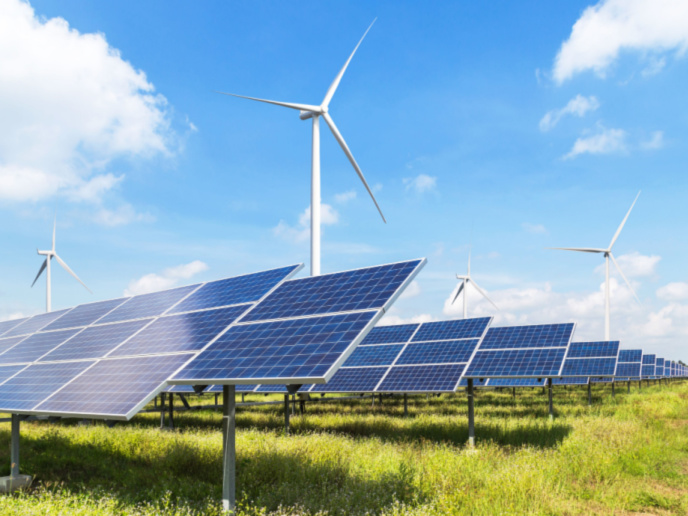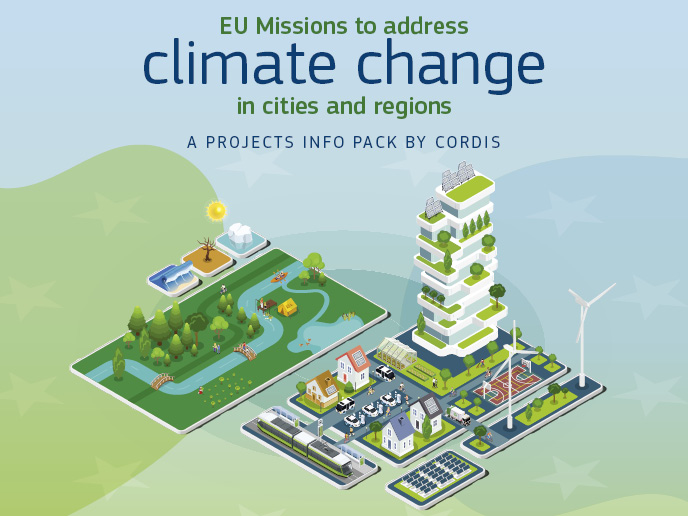On the road to carbon neutrality with 50 % renewables’ contribution
The European Commission’s (EC’s) Renewable Energy Directive establishes a binding renewable energy target of at least 32 % of total energy consumption by 2030. In response to the ongoing war in Ukraine, the EC’s REPowerEU plan to make Europe independent from Russian fossil fuels well before 2030 adds further urgency to renewable energy sources (RES) integration. The ambitious EU-funded EU-SysFlex project produced a well-defined roadmap for 50 % of demand with electricity from RES (RES-E) by 2030. Thirty-four multidisciplinary partners from 15 European countries analysed and addressed current challenges to identify a clear pathway to delivering on EU ambitions.
Increasing RES-E by enabling flexibility
The variable nature of renewables means the infrastructure and operation will need to become more flexible to maintain stability with varying electricity flow. Liam Ryan, Chief Innovation and Planning Officer at project coordinator EirGrid Group, explains: “In addition to the technical challenges, we must consider the market changes needed to incentivise appropriate technologies, the network changes needed to move increasing amounts of renewable power, and finally the engagement needed with our communities to deliver on the infrastructure required to achieve our decarbonisation targets.” EU-SysFlex highlighted the critical role of changes to energy market structures in increasing RES-E generation. “We must remove entry barriers to flexibility markets to embrace new and emerging technologies that alleviate technical limitations and offer flexibility,” Ryan notes. System services such as energy storage and demand response – for example, using non-essential electrical appliances during peak demand times – will make an important contribution. The project showed that the reliability, performance and profitability of these system services could be increased by aggregating decentralised resources, such as wind turbines, energy storage, electric vehicles and heat pumps (including as part of a virtual power plant) and using coordinated controls and optimisation.
A roadmap for Europe: 50 % RES-E by 2030
The crowning achievement was the development of an agreement on a roadmap leading to a more flexible, dynamic and reliable European power system that also enables 50 % RES-E. The roadmap covers technical scarcities, required flexibility, financial gaps, market evolution, new operating tools, coordination between transmission system operators (TSOs) and distribution system operators (DSOs), aggregation of distributed resources and data management. Demonstration projects and trials throughout Europe explored the capability of the technologies and solutions to deliver much-needed flexibility, including how a platform for DSO-TSO coordination could achieve this.
The greener road ascends to new heights
Europe’s rapidly accelerating RES adoption has highlighted the need to identify how the network can be operated with renewable generation above 50 %. Some European TSOs are already achieving this. Bringing the TSOs from across Europe together to share their experiences within the context of EU-SysFlex will have a lasting impact on establishing a single smart European electricity grid. Ryan summarises: “The most exciting thing about the EU-SysFlex project is the potential it unlocked due to incredible collaboration and the robust support of the EC. Not long ago, RES integration was considered a challenge, and getting to 50 % renewables on the power grid impossible. The EU-SysFlex project changed that mindset and made us all excited for the future by defining a clear pathway to carbon neutrality.”
Keywords
EU-SysFlex, RES, RES-E, electricity, TSO, DSO, renewable energy sources, flexibility markets, distribution system operators, transmission system operators







